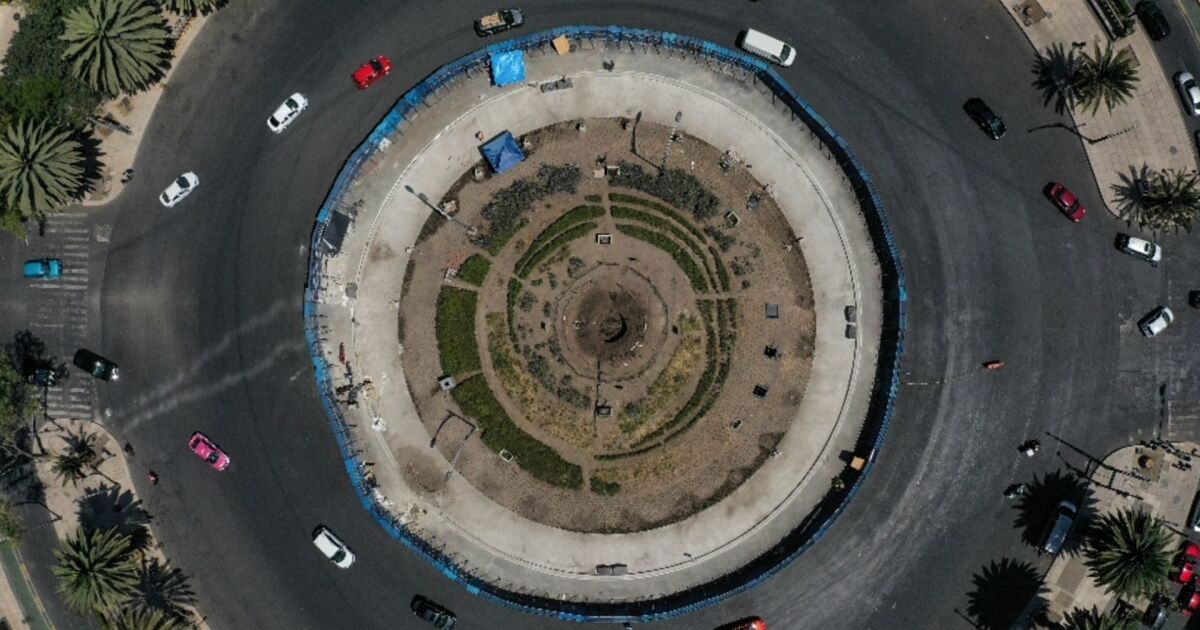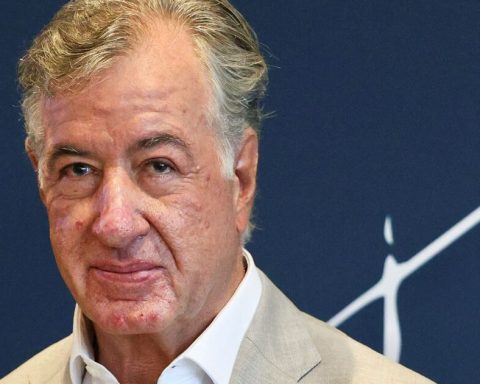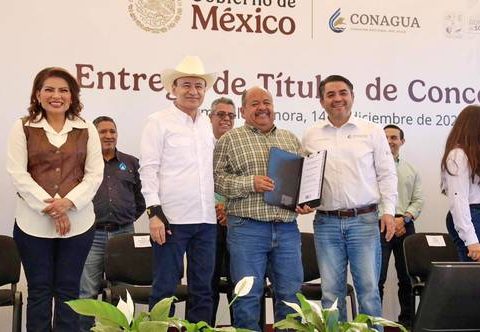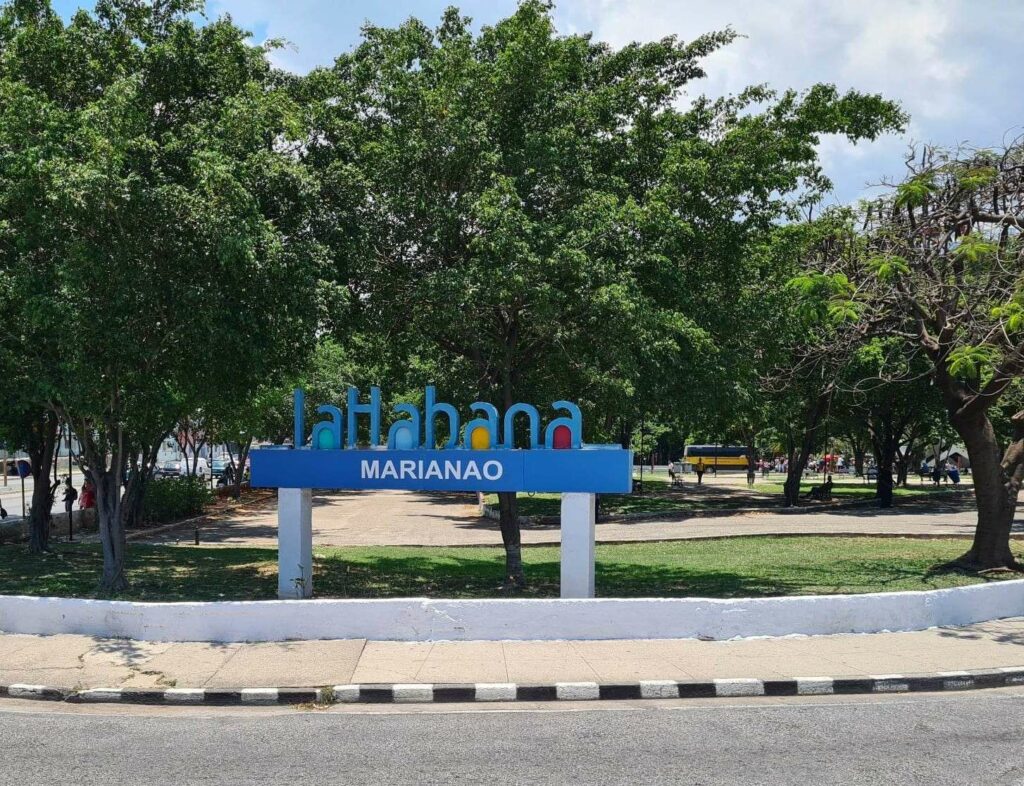On March 9, at a press conference, experts from the Universidad Autónoma Metropolitana, the Chapingo Postgraduate College and the biologist Saúl Segura Burciaga, from the Faculty of Sciences of the National Autonomous University (UNAM) and the arborist, Edgar Ojeda, reported that the ahuehuete was still alive, but that in the short term it would not regrow as desired, so they recommended its relocation.
They explained that there were external factors that did not allow the ahuehuete to adapt as expected, such as the impact of a vehicle against one of the tensioners that held it three days after it was planted and the compaction of the soil by trampling.
After staying less than a year, the ahuehuete was unable to adapt, in addition to the fact that the site was taken over by activists who renamed it Glorieta de las y los Desaparecidos.
The Sedema indicated that in the next few days, the group of experts, which will guard the new ahuehuete, “will carry out the substitution of the substrate and later the planting of the new 20-year-old tree and 11 meters high, brother of the previous ahuehuete” .
(Photo: Mario Jasso/Cuartoscuro)
The new tree will arrive in the coming weeks at the nursery of the Xochimilco mayor’s office and, like the previous one, it will be a donation from Viveros Regionales and Los Encinos, productive areas located in the community of Montemorelos, Nuevo León.
In addition, the experts will continue with the care of the relocated ahuehuete in the Nezahualcóyotl Nursery for its rehabilitation.
On April 25, 2022, the authorities of the Mexican capital removed, after several hours of work, the iconic palm tree that for almost 100 years gave its name to the Glorieta de la Palma from Reforma Avenue.

















